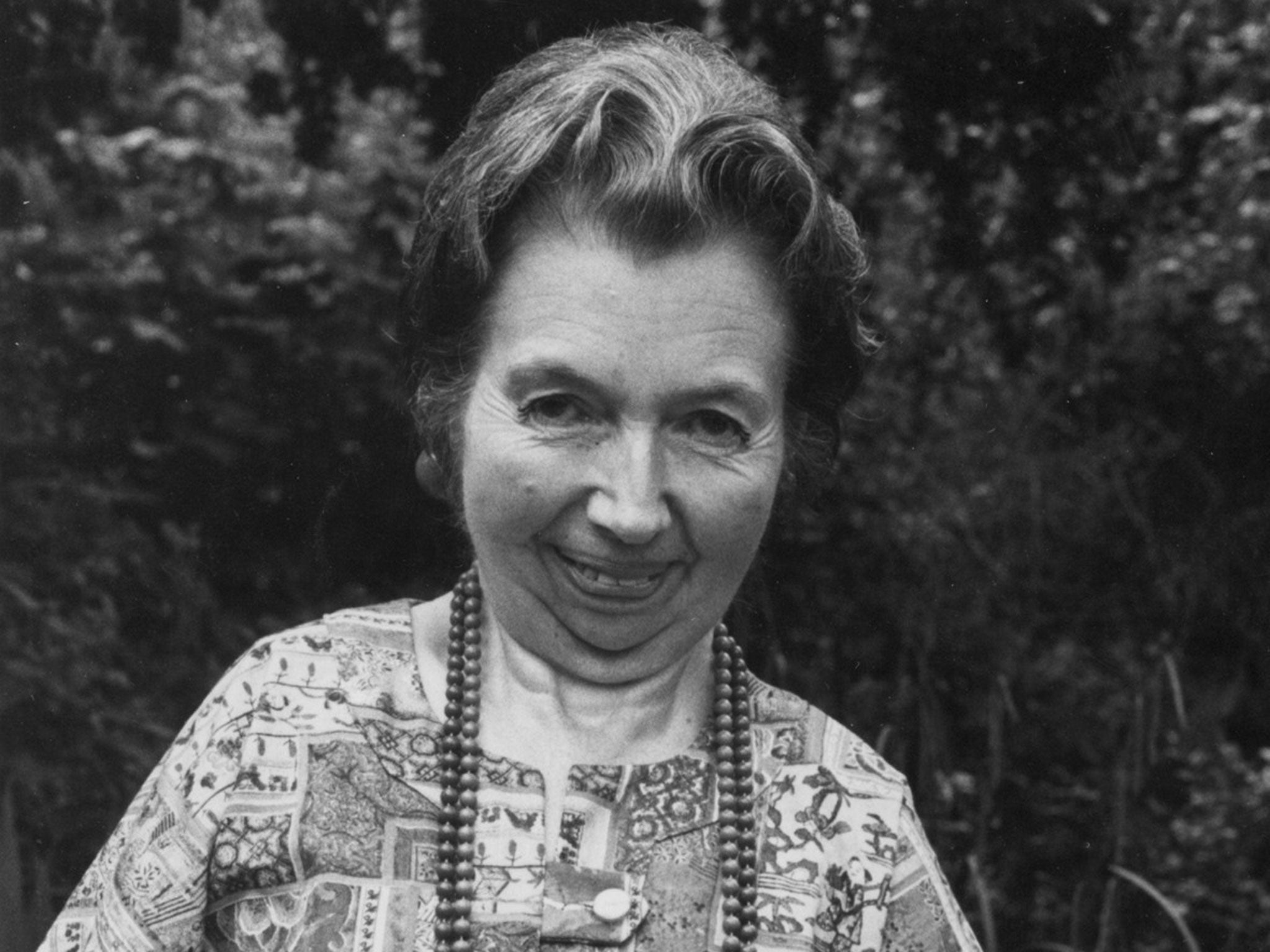Invisible Ink: No 155 - Rosemary Sutcliff

It was an author's dream; in 1866 a vicar was taking part in an excavation near Silchester in Hampshire when he found a small bronze eagle, then thought to be from a Roman legionary standard. Suppose it was lost by the Ninth Spanish Legion, stationed at York, and the search for it launched a grand adventure? This starting point, The Eagle of the Ninth, inspired a much-loved sequence of novels.
How does a writer step inside a period so completely that it becomes real? Rosemary Sutcliff was marketed as a children's writer, but soon became read by everyone. She explained; "I would claim that my books are for children of all ages, from nine to 90."
Born in Surrey in 1920 and raised on naval bases, Sutcliff succumbed to childhood arthritis and spent most of her life in a wheelchair, listening to her mother's stories about the Celtic and Saxon myths of the British Isles. Constantly uprooted, she did not learn to read until the age of nine. Later, she trained as a miniaturist painter.
By this time, though, the seeds of fascination with historical fiction had been sown, and her first book, The Chronicles of Robin Hood, appeared in 1950. The timing was right, for in this post-war era the nation was re-establishing its mythology after the fracture of the conflict; tales of historical adventurers abounded in print.
In 1954, The Eagle of the Ninth revealed Sutcliff's affinity for the period in which she tirelessly worked for the next 40 years. She said she felt comfortable in Roman Britain, and that she knew her way around it. It was a difficult period to pick, because there's much we still don't understand about the Romans in Britain or what happened after they retreated, but Sutcliff wrote with such confidence that even the most unknowable details seemed credible. She brought a painterly eye to events and a muscular ferocity to her battle scenes.
Eight books traced a Roman family, and four more explored the Arthurian legend, starting with Sword At Sunset in 1963. The quartet retold the Malory version for an adult audience, and here the challenge of throwing light into the almost unimaginable Dark Ages played to her greatest strengths. Sword is an astonishingly sustained feat of imagination, and has been republished by Atlantic. There were many other books, and Sutcliff was still writing on the morning she died in 1992.
Join our commenting forum
Join thought-provoking conversations, follow other Independent readers and see their replies
Comments